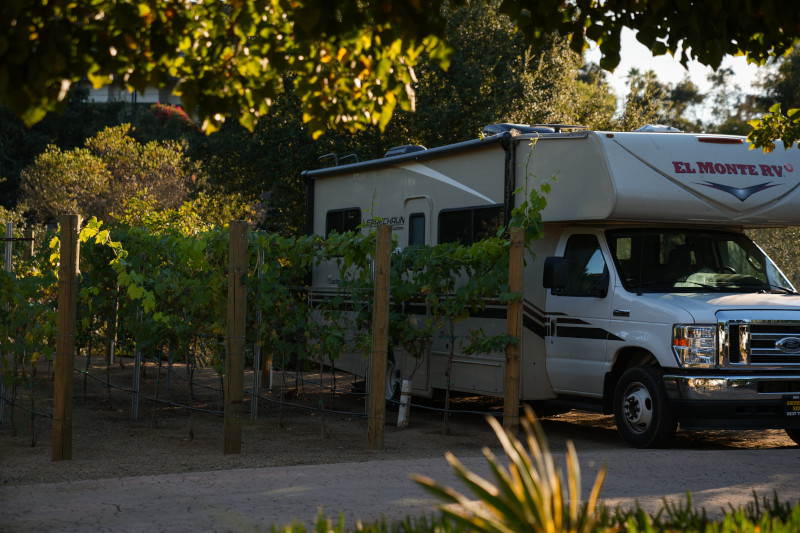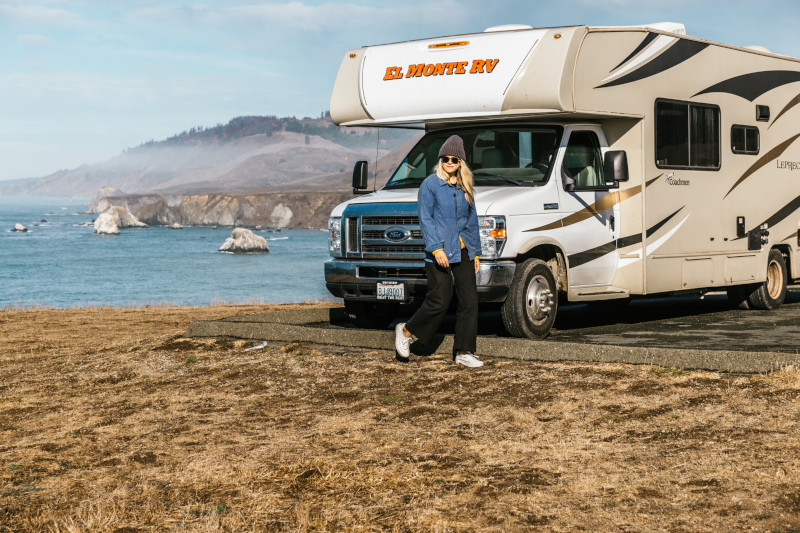When you are out camping, does the sky somehow seem closer to earth? Do you see more stars and planets? Is the beauty of the night sky outside of the city just more magnificent? If you enjoy star-gazing, or are just aware of the incredible beauty of the sky at night, you might also notice there are meteors to observe. Here is a very brief calendar (courtesy of The Old Farmers’ Almanac) of the larger meteor showers you can view this fall.
Principal Meteor Showers
| Shower | Best Viewing | Point of Origin | Date of Max. | No. per Hour |
Assoc. Comet |
|||||
|
Northern Taurid |
Late Evening | S | Nov. 11-12 | 3 |
Encke |
|||||
| Leonid | Predawn | S | Nov. 16-17 | 10 |
Tempel-Tuttle |
|||||
| Andromedid | Late Evening | S | Nov. 25-27 | 5 |
Biela |
|||||
| Geminids
|
All Night | NE | Dec. 13-14 | 75 |
None |
|||||
| Ursid | Predawn | N | Dec. 21-22 | 5 | Tuttle | |||||
The Geminids
The most visible meteors will be the Geminids which occur in mid-December. You can watch them as they peak on the night of December 13th from nighttime around 9 pm to about 2 am and even into the morning hours of the following day. This is the shower’s “maximum”—the time when the most meteors fall per hour. Given that the Geminids meteor shower is the most active shower of the year, expect to see an average of 75 meteors per hour during the Geminids’ peak!
The Geminids occur every year from about December 4 to 16.
In 2021, a full Moon happens on December 18, which means that the Geminids’ peak on December 13-14 will be washed out to some extent by a waxing gibbous Moon. Fortunately, the Moon drops below the horizon in the early hours of December 14, so there will be a few hours before dawn on the 14th when the Geminids won’t be competing with the Moon’s light.
The Geminids meteor shower is one of the most active and reliable meteor showers of the year! They streak through the sky every minute or two all night.
It is unique because the meteors are visible all night long, since the constellation Gemini arises just an hour or two after nightfall. Most meteor showers require you to wait until midnight or pre-dawn for the best viewing.
The constellation Gemini is the radiant of the Geminid meteor shower, which means that it is the meteor shower’s point of origin. The Geminid meteors will appear to fall away from the constellation Gemini.
Geminid meteors can be seen all night long because Gemini rises so early, though Gemini is at its highest point (offering optimal viewing) around 2 A.M. However, because the sun sets so early in December, the meteor shower is usually in full swing by 9 P.M.
What Is A Meteor?
Meteors occur when the Earth rushes through a stream of dust and debris left behind by a passing comet. When the bits strike the Earth’s upper atmosphere, friction with the air causes each particle to heat and burn up. We see the result as a meteor.
Geminid meteors didn’t seem to be associated with a comet until recently. The Geminid meteor shower was thought to be caused by an asteroid called 3200 Phaethon, which was first detected by NASA in 1983. The odd part of this is that asteroids don’t disintegrate in the same way that comets do to produce meteor showers. Phaethon has therefore been reclassified as an extinct comet that has lost its outer covering. This helps explain why the Geminids are so bright. They’re little pieces of mostly rocky material which take longer to burn up as they fall into the atmosphere, whereas most meteor showers are caused by the softer, icier debris from comets.
How To Watch A Meteor Shower
As with any meteor shower, it is best to find a place far away from man-made lights. This can be tough in December for the Geminids, when you want to stay close to warm shelter, so try to get out in the country. Obviously, you’ll need to bundle up for the winter weather, but we recommend making yourself some hot chocolate and cuddling up for a cheap but spectacular date. Try getting into sleeping bags on a reclining chair to stay extra cozy.
The meteors can appear anywhere in the sky, but you’ll have your best luck by gazing at whatever part of the sky is darkest at your location. Though it might be tempting, avoid using binoculars or a telescope. It is better to look at the whole sky than a tiny part of it, and your eyes will automatically move toward any motion up above. Avoid looking at your cell phone or other lights during the meteor shower, as this will impair your night vision.
Where To Watch Meteor Showers
You can watch a meteor shower from your own backyard but if you are an RV’er and you can drive to some optimal viewing spot, here are some suggestions. Take a drive out on a country road or a sparsely lit area and you’re bound to see some bright meteors, but some places in this country are far and away the best to see celestial events. These are the 8 best U.S. spots to view a meteor shower.
1. Joshua Tree National Park, California
Most places in California suffer from pretty severe light pollution, but Joshua Tree is far enough away from San Diego and Los Angeles that the night sky is absolutely perfect. Due to its location, it’s more tolerable for meteor showers in the winter months. A perfect choice for watching the Geminids.
2. Big Bend National Park, Texas
Big Bend National Park on a clear night gives you a small preview of our galaxy’s 100 billion stars. On a normal night, you can see more than 2,000 stars. Big Bend National Park is the least light polluted national park in the United States, making it an ideal spot.
3. Big Pine Key, Florida
Big Pine Key is an excellent spot to see meteor showers, but it’s a fascinating star gazing spot pretty much any time of year. Every February, southern constellations not normally seen in the northern hemisphere are visible from this area.
4. White Sands National Monument, New Mexico
This desert is an incredible place to catch a meteor shower. Many parts of it have no trees and few nearby mountains to obstruct the sky. You can even hike up dunes to get an excellent view of a meteor shower.
5. Death Valley National Park, California & Nevada
Death Valley is a great meteor shower viewing spot for a lot of the same reasons as White Sands. It boasts one of the darkest skies in the country and bears the title of International Dark Sky Park.
6. Denali National Park, Alaska
Meteor showers in the winter are going to be tough around Denali National Park, but it is an excellent place to catch the Perseid meteor shower in August each year. Additionally, it’s a great place to catch the Aurora Borealis.
7. Finger Lakes, New York
The Finger Lakes in New York are an incredible place to see, regardless of whether or not you plan to look at the stars. It is incredibly dark and you can even see nebulae through binoculars there if you know where to look.
8. Tucson, Arizona
Tucson is sometimes called the astronomy capital of the world and for good reason. Their mountains have the most telescopes of anyplace in the world and the sky is very dark, given how close it is to a rather large city.
Or just get out of the city, try a beach:
Anywhere you are, you can get out of the city: In Florida or Southern California, you may not have to battle the winter temps and it may be possible to get to a beach and just put your lawn chair out on the sand and gaze up at a beautiful sky to watch the Geminids. And please try your luck at catching the other major meteor showers too. As Jack Horkheimer of the Miami Space Transit Planetarium used to say, “Keep looking up!”
When you are ready to hit the road, please be sure to check with your El Monte RV Sales dealer and ask all your questions. They have gently used RV’s too and will be happy to help if you are ready for a newer model.



